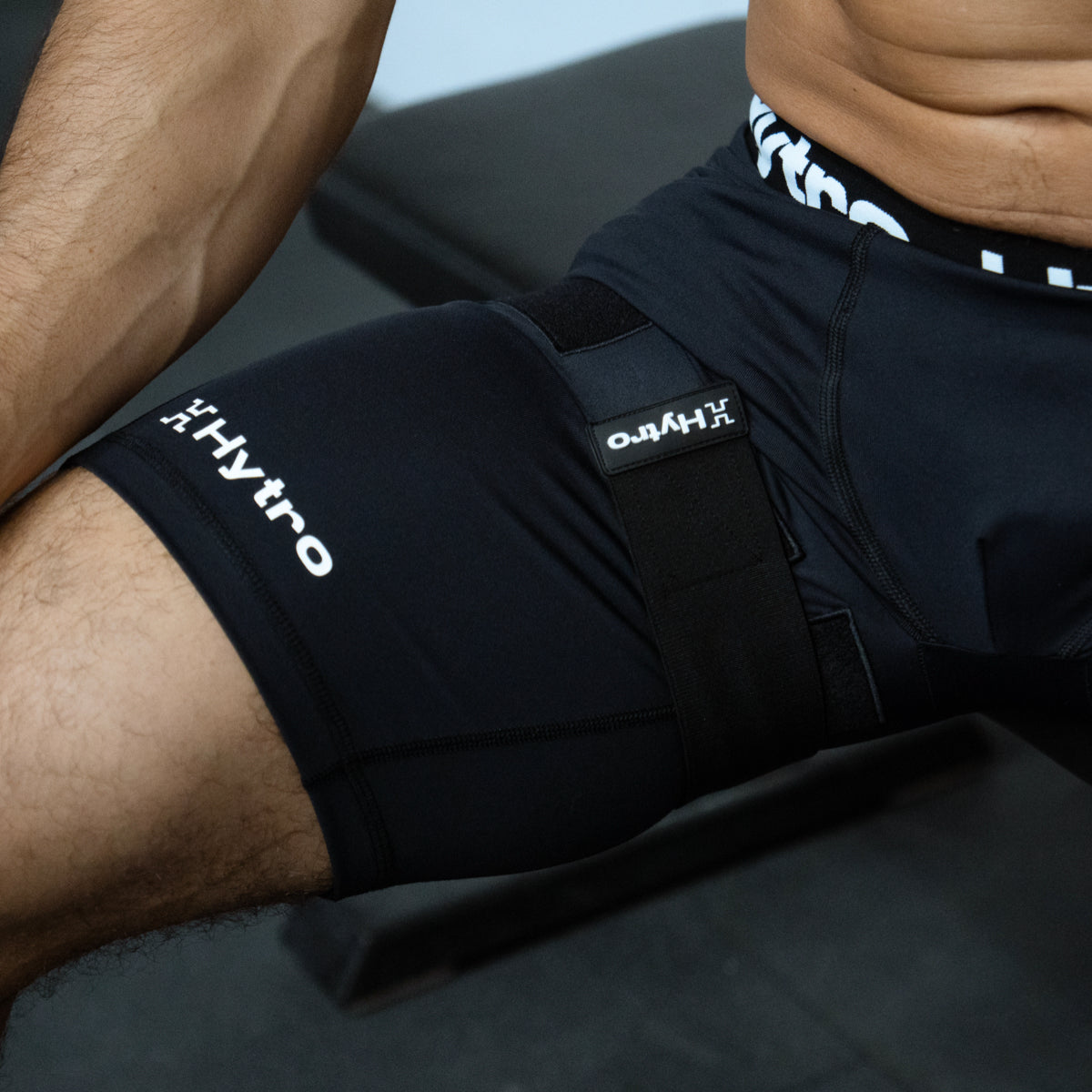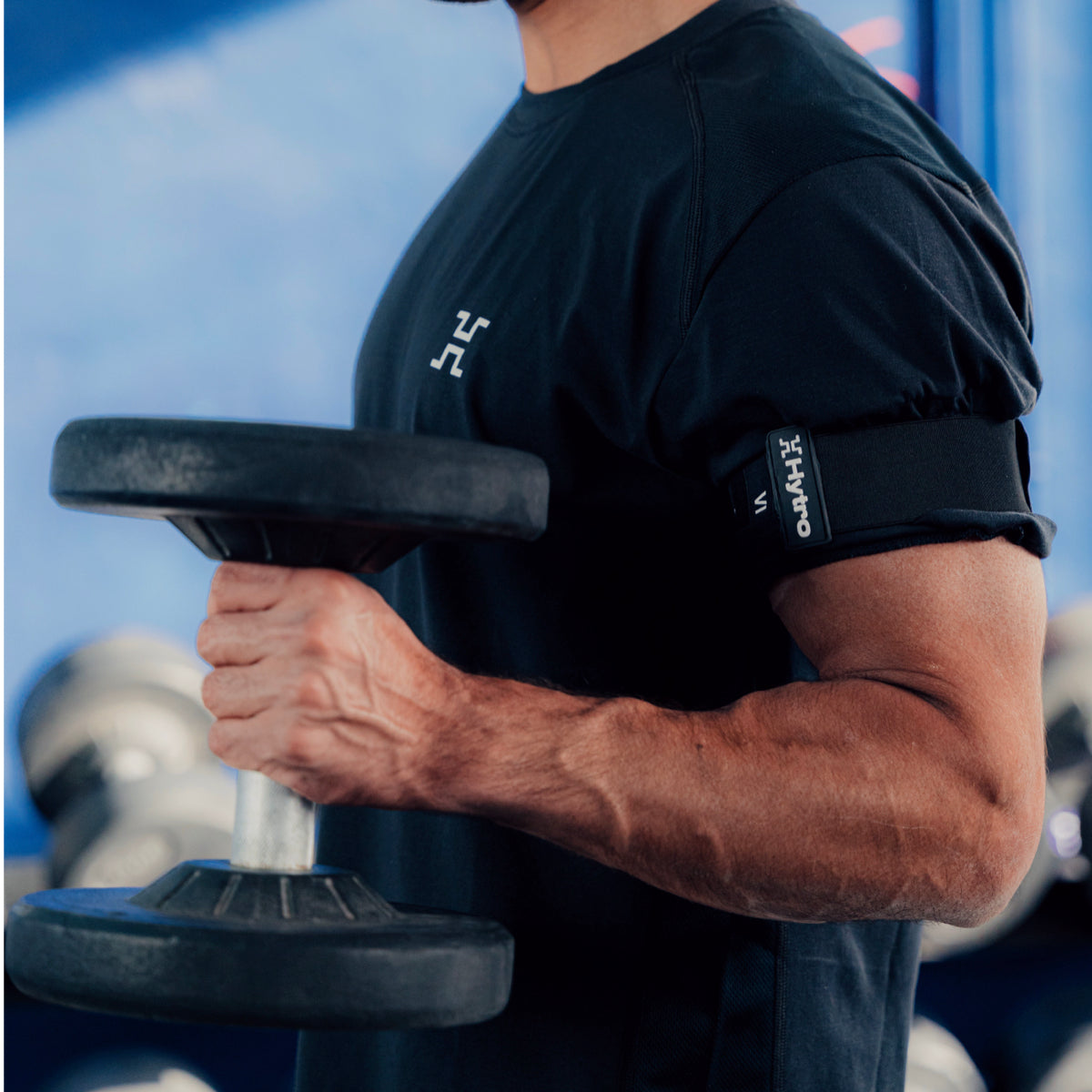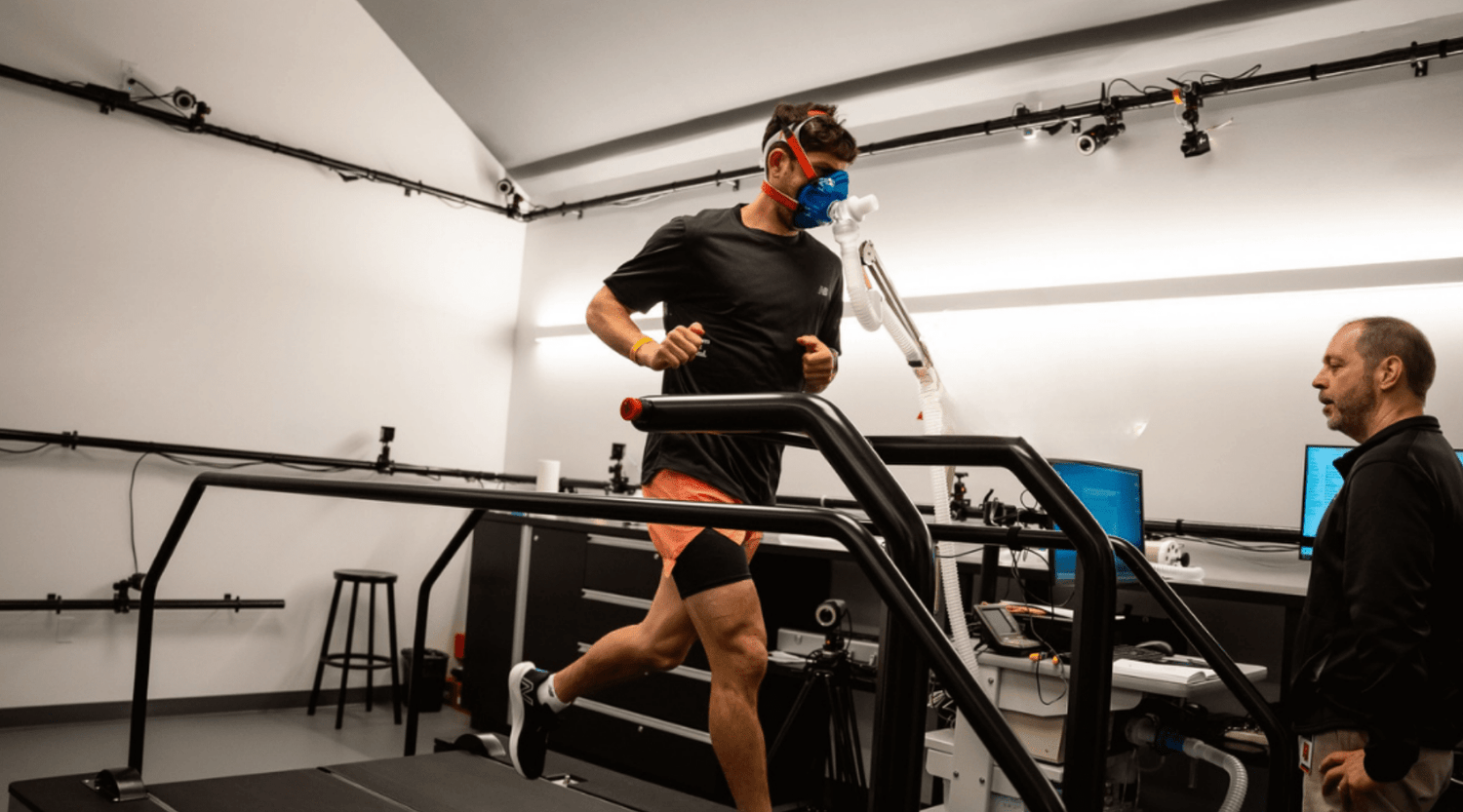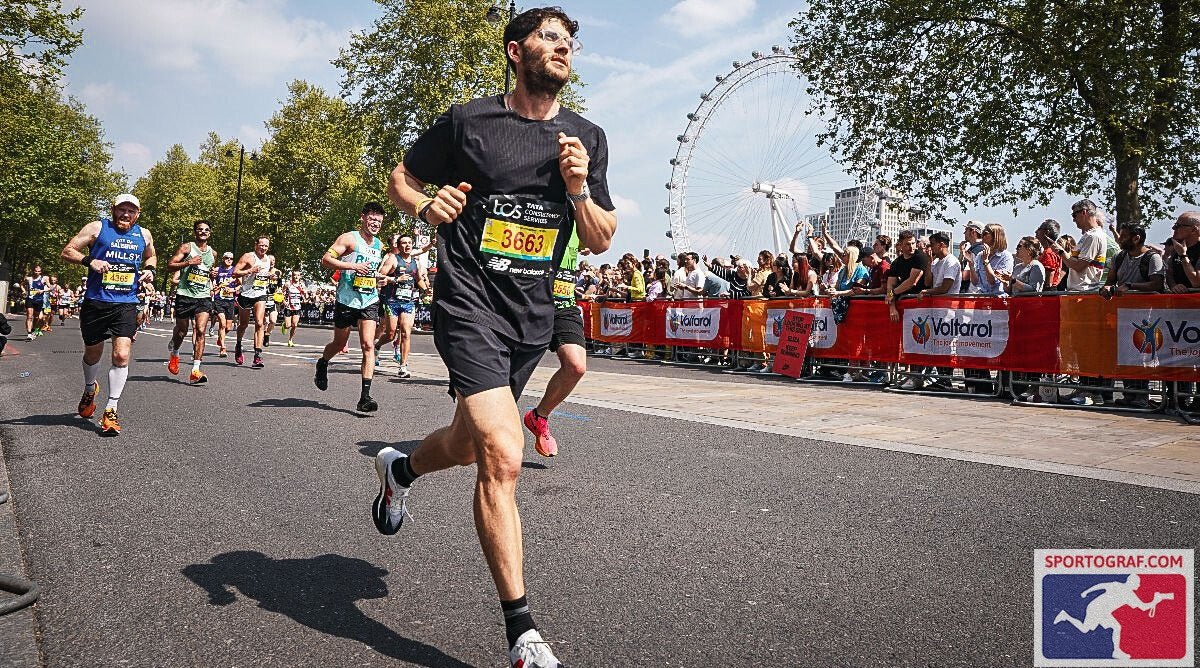Jonah Rosner has spent over a decade inside professional sport. His career began in the high-performance environments of the NFL and NBA, where he specialised in biomechanics, player tracking, and strength programming. Today, he applies that experience to a very different audience working with elite and sub-elite marathon runners, hybrid athletes, and the growing endurance community.
In conversation with Dr Tom Bradley, CSO at Hytro, on the Hytro Performance Podcast, Rosner explored how Blood Flow Restriction (BFR) Training can help athletes move beyond traditional approaches to strength and recovery, and why endurance may be the next frontier.
“Most runners don’t want to step into the weight room after heavy mileage,” says Rosner. “But we know that strength training improves durability and reduces fatigue late in races. BFR offers a way to gain those adaptations with less mechanical load.”
“BFR offers a way to gain strength adaptations with less mechanical load, and that’s a game changer for runners who avoid the weight room.”

BFR for endurance
Traditionally associated with strength, hypertrophy, and rehabilitation, BFR is now being viewed as a tool for aerobic performance. Rosner explained that restricting blood flow creates a hypoxic environment in the muscle, stimulating adaptations similar to altitude training.
This means that, alongside reducing the demands of heavy lifting, BFR could also enhance endurance markers such as VO₂ max, mitochondrial development, and capillary growth. All of which are key drivers of efficiency in long-distance sport.
Rosner describes it as “hacking physiology at the muscle level” to trigger powerful adaptations without the need for extreme mileage or expensive altitude camps. For athletes already maxed out in training volume, this presents a way to add quality without adding unnecessary fatigue.
Dr Tom Bradley, Chief Science Officer at Hytro, believes the potential of BFR in endurance goes beyond tradition. “Strength and hypertrophy and rehab have always been the go-to for BFR, but we’re now seeing real potential for aerobic adaptation too,” he explained on the podcast. By creating a hypoxic environment in the muscle, BFR may unlock some of the same pathways triggered by altitude training, but without the cost or disruption of camps. It poses a clear question for athletes and coaches: if endurance adaptations can be gained without adding mileage or unnecessary fatigue, why aren’t more already doing it?
“Think of BFR as hacking physiology at the muscle level, triggering altitude-like adaptations without adding unnecessary fatigue.”

Recovery as the key to consistency
Rosner is clear that recovery underpins everything in endurance performance. High weekly volumes mean that athletes must arrive at session after session ready to perform.
“If we can use BFR to improve recovery between doubles or back-to-back days, that could be the key to unlocking more high-quality training,” he says.
Passive BFR protocols, used after sessions alongside refuelling, may help accelerate glycogen replenishment and support muscle protein synthesis. For athletes training twice a day, that could make the difference between simply completing sessions and performing at their best in both.
Confidence, consistency and the mental game
As much as endurance is physical, Rosner emphasises the mental component. Feeling “fresh” has a direct impact on confidence and performance, and BFR’s role in recovery and perceived readiness could therefore carry significant value.
“Endurance is a mind game. If you feel better, you’ll perform better. That’s not just perception, it translates to consistency, which is the real key to success.”
This link between perception and performance is one reason Rosner sees potential for BFR not just in physiology but also in psychology. By helping athletes feel more prepared, it can influence how they approach key workouts and races, something he believes is often overlooked in endurance sport.
“Endurance is a mind game. If you feel better, you’ll perform better. That’s not just perception; it translates to consistency.”

From the NFL to the road
Rosner’s journey from NFL weight rooms to coaching marathoners reflects the adaptability of performance tools like BFR. Whether used to maintain strength during rehab, build durability in runners, or improve recovery between sessions, the principles remain the same: reduce unnecessary load, stimulate adaptation, and prepare athletes to perform.
For Rosner, great coaching is about more than science alone. It requires understanding the individual, recognising when to push and when to hold back, and protecting the athlete’s long-term relationship with their sport. BFR is one tool in that process, a way to support durability, recovery, and the consistency that defines endurance performance at every level.
Bring altitude-level adaptations into everyday training. Connect with us to see how Hytro can transform your athletes’ recovery and performance.






Leave a comment
This site is protected by hCaptcha and the hCaptcha Privacy Policy and Terms of Service apply.